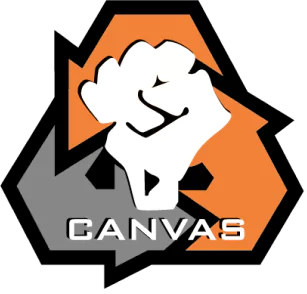Dec 20, 2018-2019
Sudan
Sudan Newspaper Censorship Protest
Share
ACTIVISTS/ACT.GROUPS/DESCRIPTION OF THE GROUP
The Sudanese Professionals Association, Forces of Freedom and Change, Women's Associations, Community Groups, Trade Unions and Academics.
TARGET
Omar al-Bashir and his Autocratic Inqaz Regime
WIDELY HELD BELIEF
Government corruption should end.
CASE NARRATIVE
Issue and Opponent: In December 2018, protests broke out in rural Sudan over rising prices of basic goods and ongoing economic issues. The focus of the protests soon became political, and demonstrators called for the end of President Omar al-Bashir’s decades-long autocratic rule. By early 2019, hundreds of thousands of protesters gathered in the country’s capital of Khartoum to stage marches and sit-ins demanding that al-Bashir resign ahead of the country’s 2020 presidential election. The National Intelligence and Security Service (NISS), al-Bashir’s secret police, attempted to wipe the protests from popular media coverage and silence journalists covering the story. The NISS regularly banned print houses from publishing information about the protests and confiscated newspapers after printing was complete. They also targeted journalists with questioning, arrests, and imprisonment and threatened news outlets. Self-censorship became a problem in print media as journalists sought to avoid writing articles that would make them a target for the NISS.
Dilemma Action: As part of its censorship campaign, the NISS regularly removed individual articles from newspapers before publication. Thus, many print newspapers were left with blank pages where supposedly ‘anti-government’ content had been removed. Rather than filling the blank pages with safe content that would be acceptable to the NISS, many newspapers, such as the Arabic language paper Al-Tayyar, chose to distribute the censored copies with the blank pages still attached. When citizens received newspapers with blank pages, they were left to wonder what content was missing and why it had been removed. In this way, distributing newspapers with blank pages highlighted the extreme censorship of print media in Sudan and the fact that the NISS was silencing the anti-government protests at al-Bashir’s request. Despite the NISS’ efforts to silence journalists, the censorship spoke for itself. The government was forced to decide whether to double down on the newspapers and force them to fill the blank spaces with approved content, or to allow the printing of blank pages to continue.
Outcomes: When the Sudanese public received daily newspapers with blank pages, they became aware of the extreme censorship of the press. As a result, many Sudanese increasingly consumed news online from social media and popular news blogs because online media faced far less censorship than print journalism. Increased online news consumption and access to more information helped the Sudanese people stay informed of the anti-government protests as they unfolded. The protests were eventually successful. President al-Bashir was ousted by his security forces in April 2019 and was forced to step down. Al-Bashir was at first replaced by a military council and later by a joint civilian-military transitional government.
PRIMARY STRUGGLE/GOAL
NONVIOLENT TACTICS USED
DA TACTICS USED
Assemblies of protest or support
CASE NARRATIVE WRITER
SUCCESS METRICS
9 / 12
(CONC) Concessions were made
(MC) Media Coverage
(MSYMP) Media coverage was sympathetic to the activists
(OR) Opponent response
(PS) Dilemma action built sympathy with the public
(PUN) Punishment favored the activists
(REFR) Dilemma action reframed the narrative of the opponent
(RF) Dilemma action reduced fear and/or apathy among the activists
(SA) Dilemma action appealed to a broad segment of the public
PART OF A LARGER CAMPAIGN
2 / 3
Encouraged more participants to join the movement
Internally replicated by the same movement
RESOURCES
Project documentation
Dilemma Actions Coding Guidebook
Case study documentation
Dilemma_Actions_Analysis_Dataset
SOURCES
Hassan, Mai & Kodouda, Ahmed. 2019. “Sudan’s Uprising: The Fall of a Dictator,” Journal of Democracy. Retrieved July 23, 2023. (https://www.journalofdemocracy.org/articles/sudans-uprising-the-fall-of-a-dictator/).
Okuj, Obaj. 2019. “Al-Mougif newspaper management shocked after printing blank page,” Retrieved July 23, 2023. (https://www.eyeradio.org/al-mougif-newspaper-management-shocked-after-printing-blank-page/).
https://sudantribune.com/spip.php?iframe&page=imprimable&id_article=66230. Accessed April 15, 2022.
Freedom House. 2022. “Sudan,” Retrieved July 23, 2023. (https://freedomhouse.org/country/sudan/freedom-net/2018).
Mansour, Sherif. 2019. “Sudan responds to anti-Bashir coverage with censorship and arrests,” CPJ. Retrieved July 23, 2023. (https://cpj.org/2019/01/sudan-responds-to-anti-bashir-coverage-with-censor/).
Related cases
Feb 3, 2020-2020
Chile
Issue and Opposition: Sexual assault on women is a global problem as the #Metoo movement has highlighted. Dictatorial regimes in many Latin American countries have res...
/
Jul 15, 2018-2018
Russia
Issue and Opposition: Pussy Riot, a Russian feminist protest and performance art group of 11 women was founded in 2011. The group rose to fame for its anti-Putin and a...
/
Nov 22, 2004-2004
Ukraine
The opponents were President Kuchma and Viktor Yanukovych. The primary grievance was election fraud, being that President Kuchma had tampered with ballots to prevent o...
/
Subscribe to our newsletters to get full access to all materials on our website.

